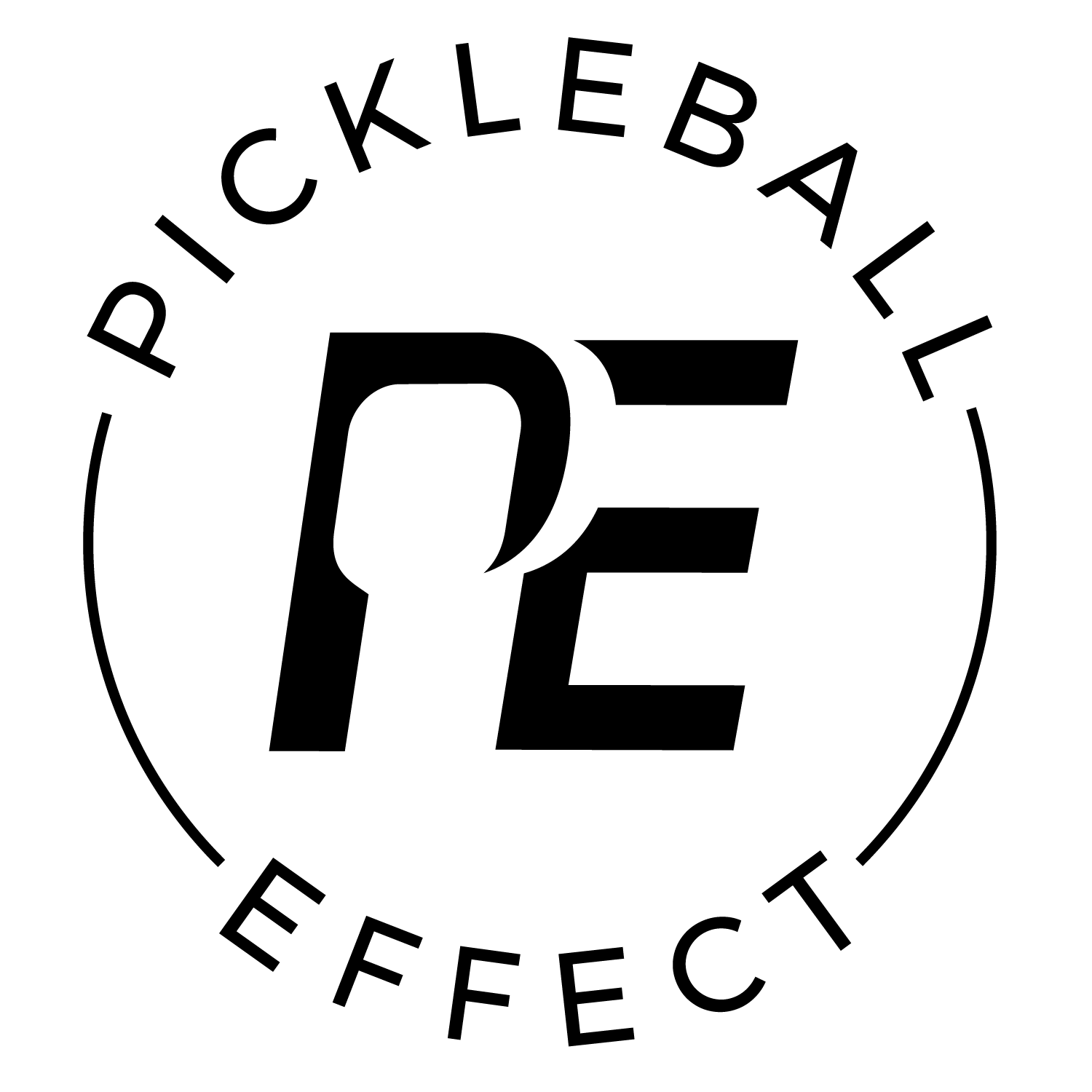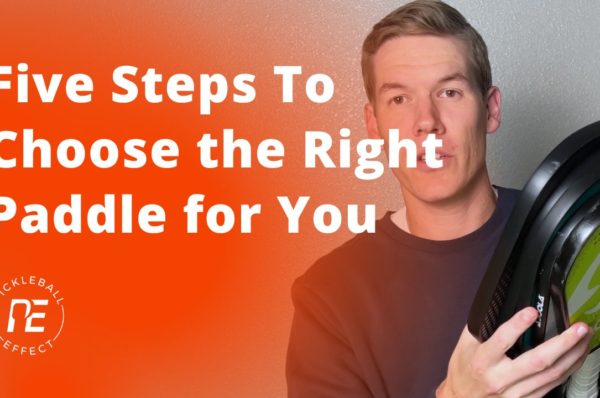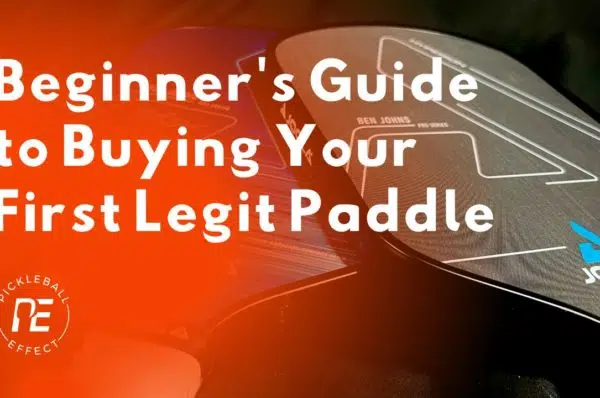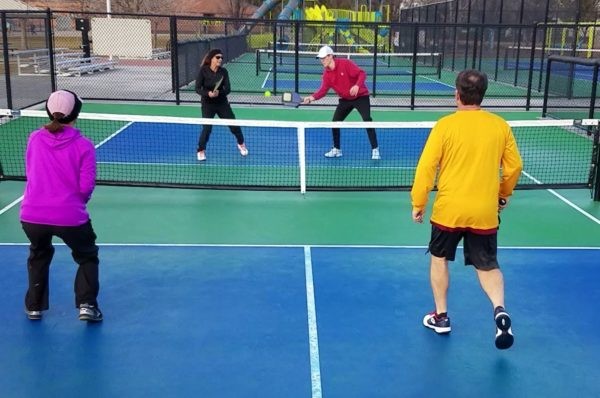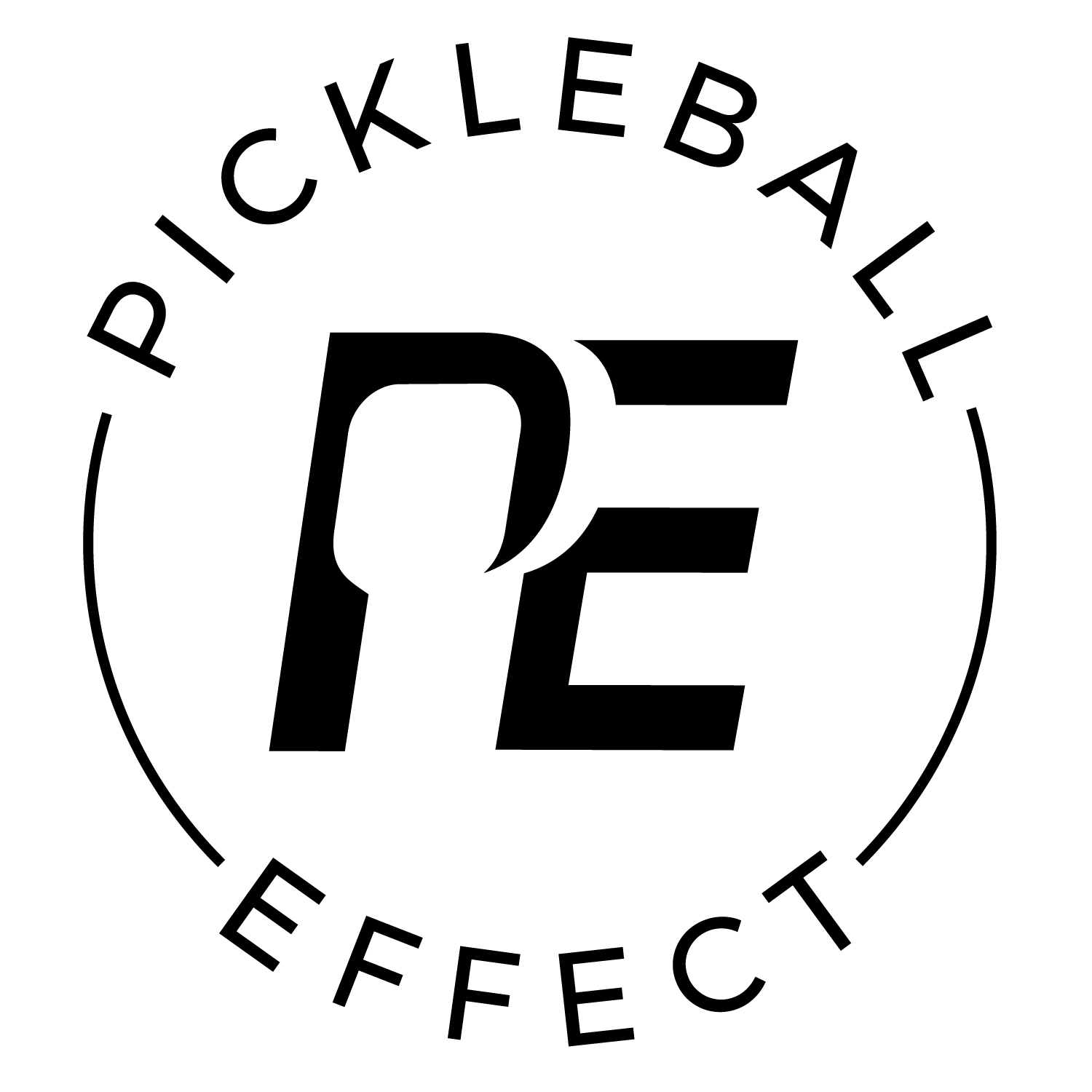There are 20 or so main stream paddle brands and even more knock off brands out there that collectively offer hundreds of different paddles you could choose from. On top of that, it seems like every paddle company uses the same marketing playbook that says their paddles are the perfect blend of power and control. Making it very difficult to determine how each paddle is different.
This pickleball paddle buying guide teaches you what characteristics of the paddle you should pay attention too, how the paddle’s specs effect paddle performance, and how to determine the type of paddle that’s best for you. This guide is very in-depth so I’ve broken it out into two sections. Section 1 showcases some simple tables that outline what paddle characteristics effect paddle performance. Section 2 offers an in-depth description of the five critical steps in the paddle selection process.
Table of Contents
Paddle Classifications
Try Our Paddle Fitting Quiz
Not sure what paddle to get? Take our paddle fitting quiz and we'll recommend three paddles that would compliment your needs and play style.
GET FITTEDSection 1: Simplified Paddle Buyer's Guide
Control VS Power
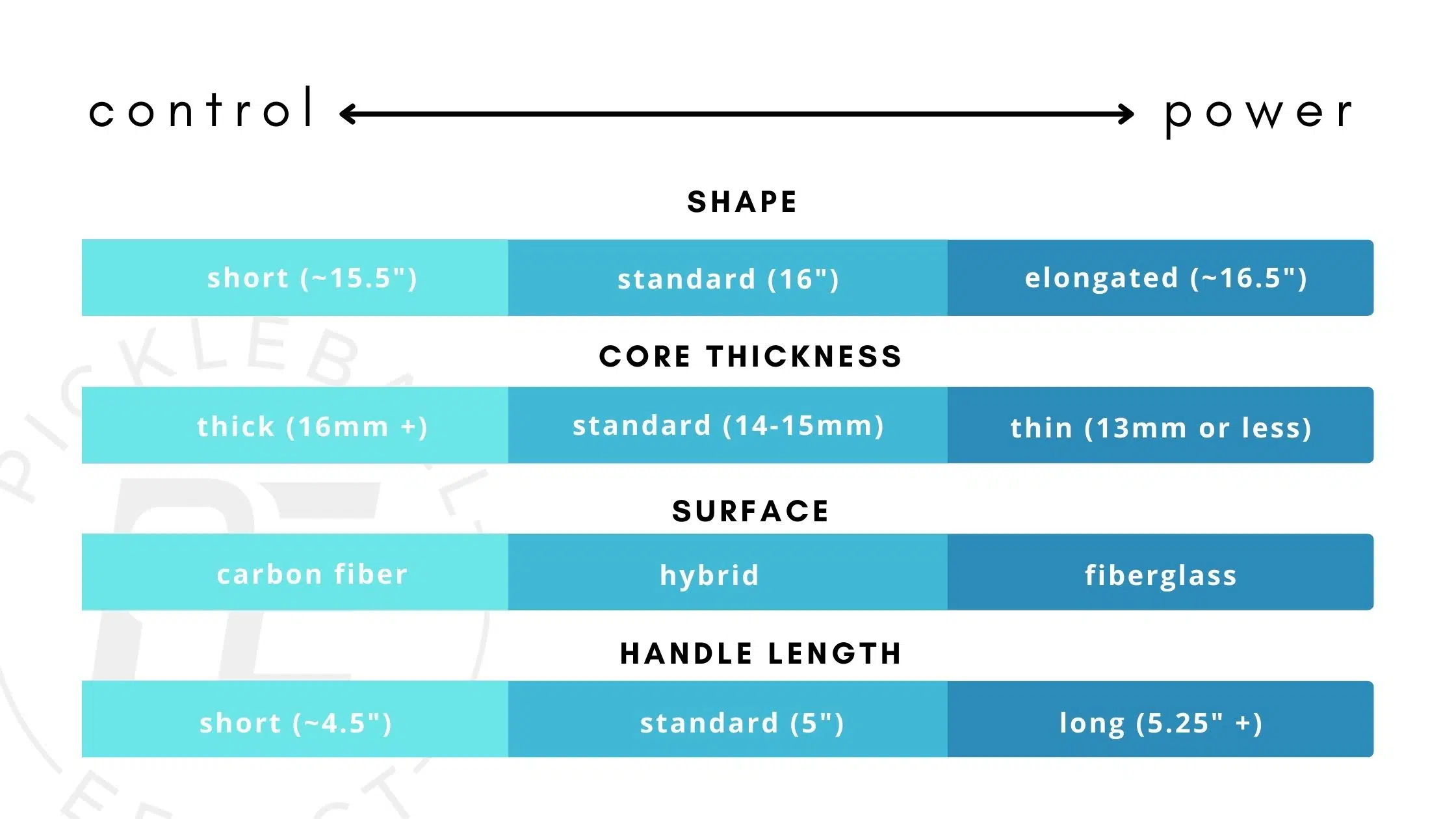
Size of the Sweet Spot (Forgiveness)
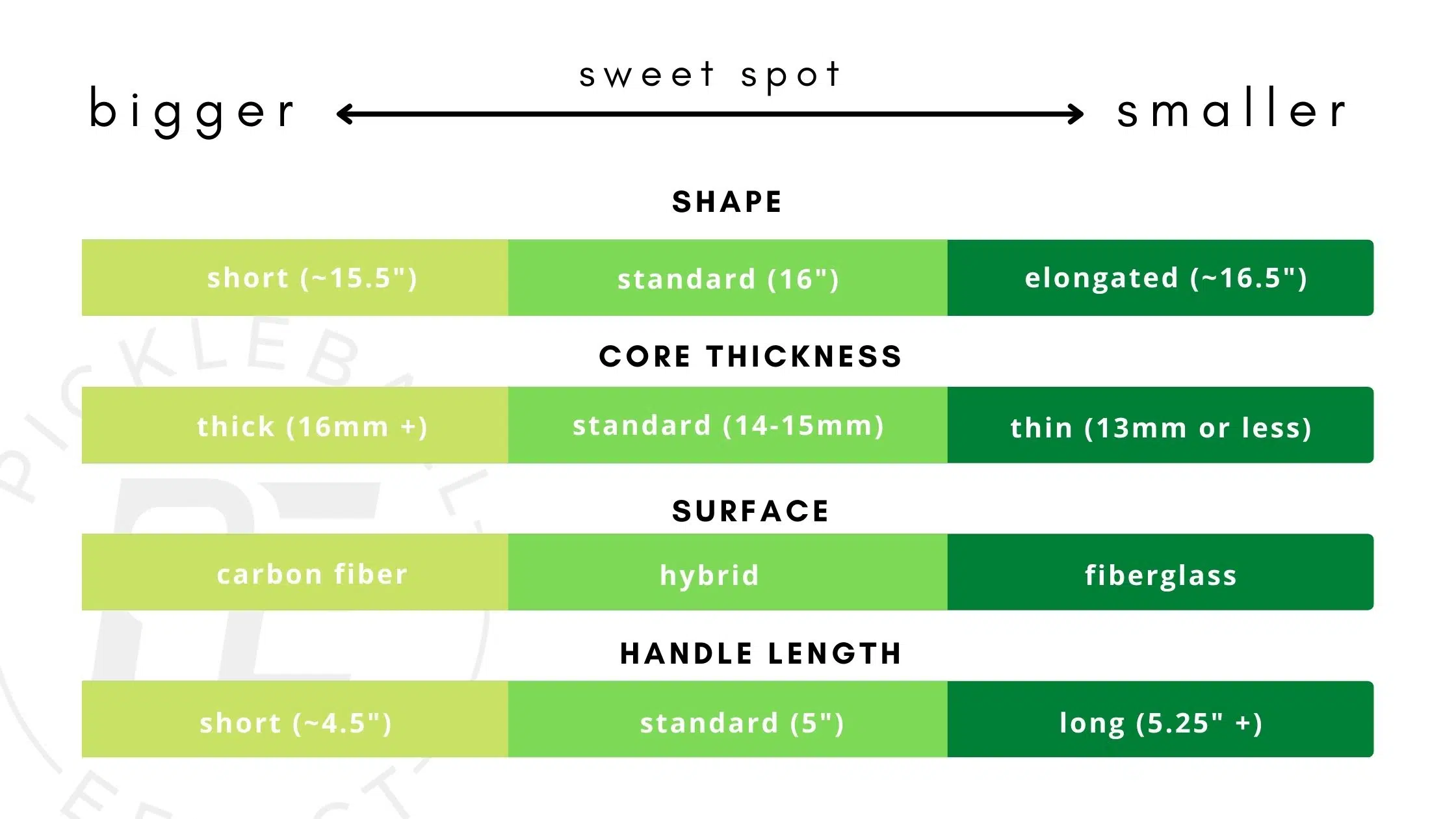
Generating Spin
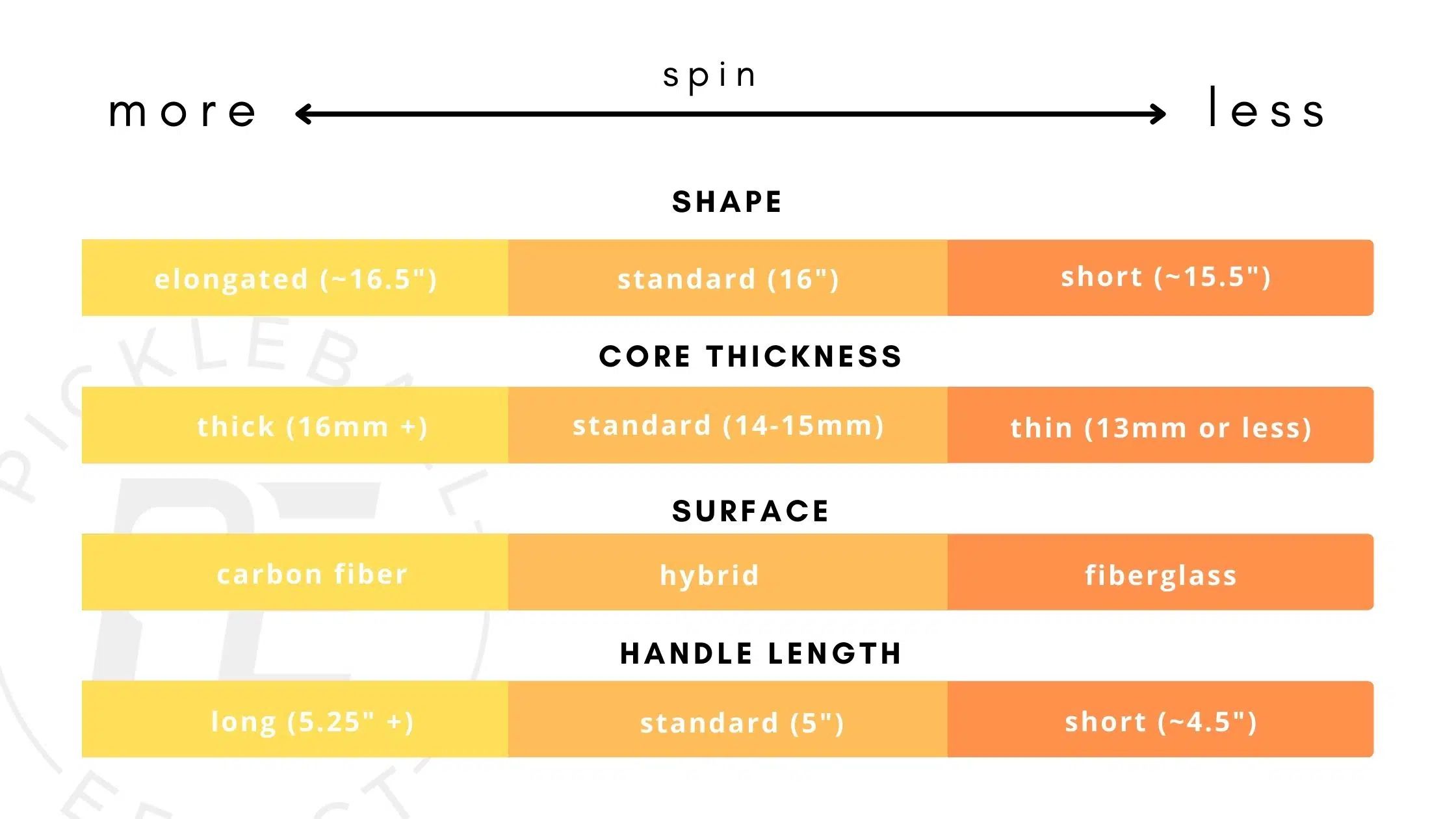
Section 2: In-Depth Buyer's Guide
Learning How to Pick the Right Pickleball Paddle for You
- The core
- The facing/surface material
- The shape
- The weight
- The handle length
Core Material and Thickness
Polymer
Polymer Exceptions
There is one brand out there called Gearbox that doesn’t religiously use a polymer core. Some of their paddle cores are made of carbon fiber. You can check out my review of one of their paddles here.
Core Thickness
The thickness of the core plays a big role in the performance of a paddle.
How Does the Core and Its Thickness Impact Which Paddle I Choose?
Paddle Facing/Surface Material
You’ll see three materials out there being used for the facing or surface of the paddle. Fiberglass, carbon fiber, and graphite. The facing of the paddle will affect the power, control, and size of the sweet spot.
1. Fiberglass (Composite)
Fiberglass used to be the most common material but carbon fiber has taken over. Of the three common facing materials listed here, fiberglass offers the most power. You’ll see it called composite sometimes, so just know that composite is the same thing as fiberglass.
Fiberglass is not as stiff as carbon fiber and graphite, so it acts as a sort of trampoline that takes the energy from the ball and transfers it right back. Because the material is not as stiff, it will also diminish the size of the sweet spot compared to carbon fiber and graphite.
2. Carbon Fiber
Carbon fiber is known for having better feel than fiberglass, but a little less power. It is a very stiff and durable material. Because the material is so stiff, the energy of the ball at impact is spread throughout the entire face and into the handle. This gives you better feel and a larger sweet spot but will take some power away because less energy is transferred back to the ball.
3. Graphite
Graphite is a type of carbon fiber that is a little more cost effective for brands but plays very similarly to a carbon fiber face. It is also known for having better feel than a fiberglass face and produces a similar amount of power as a carbon fiber face. From my testing of paddles, it’s hard to tell the difference between a graphite and carbon fiber face.
4. Hybrids
You’ll see some brands use a combination of the three materials above that will produce performance based on the characteristics of the materials mixed.
A Note on Paddle Grit
Spin can be a very important part of someone’s game and grit plays a role in the spin a paddle can generate. There are two main types of grit you’ll see out there. You’ll see spray on or painted grit. This grit has a sand paper like feel to it and often wears out very quickly. Then you’ll see grit that is built into the facing material (commonly called raw carbon fiber). This grit tends to last longer and produce more spin.
How Does the Facing Material Impact What Paddle I Choose?
The facing of the paddle doesn’t have as much of an effect on the performance of the paddle as the core, but it certainly makes a difference. You want to pay attention to the type of facing used in combination with the thickness of the core.
If you want a true power paddle, then you’ll look for a thinner poly core with a fiberglass face.
If you want a true control paddle, then you’ll look for a thicker poly core with a carbon fiber or graphite face.
It can be good to mix control and power elements together. For example, you might want a thicker core paddle with a fiberglass face. The thicker core will give you great control while the fiberglass will give you some power so you can put away balls when you need to.
Paddle Shape
The shape of the paddle will affect the size of the sweet spot, power, and maneuverability. According to the rules, the combined length and width, including any edge guard and butt cap, cannot exceed 24 inches and the paddle length cannot exceed 17 inches. So when we are looking at paddle shapes, those are the parameters that the brands have to work with.
1. Elongated Shapes
This shape is longer and is usually about 16.5 inches long and 7.5 inches wide. An elongated shape will give you more reach, power, and spin, but has a smaller sweet spot and has less maneuverability compared to other shapes.
2. Widebody Shapes
These are paddles with a wider face around 8.5 inches and a shorter length around 15.5 inches. This design offers the largest sweet spot and high maneuverability but at the sacrifice of reach and power.
3. Classic Shapes
This shape was the original paddle shape and is usually about 16 inches long and 8 inches wide. This shape sits between an elongated and widebody shape and as you can guess, offers a balanced mix of power, spin, forgiveness, and maneuverability.
How Does the Shape Impact What Paddle I Choose?
You’ll find all sorts of shapes there. As long as the shape complements the core and facing, then you’ll be good.
For example, if you want an elongated paddle for the extra reach and power, then try to find one with a carbon fiber facing to help increase the size of the sweet spot. If you have an elongated shape with a fiberglass face, then that’s two elements of the paddle shrinking the sweet spot which may not be the best combination.
Handle Length
The length of the handle can vary between 4.5 to 6 inches. Because the total length plus the width of the paddle cannot exceed 24 inches, every inch you add to the handle length takes away some surface area of the paddle face.
Here’s a video showing an experiment I did with various paddle shapes and handle lengths. The results were interesting. You can watch the video if you’d like, but I essentially discovered three things:
- The longer the handle the more power and spin you can generate
- Longer paddles equal more power and spin
- Lower level players generate more power on average with shorter, wider paddles because they aren’t as consistent at hitting the center of the paddle
How Does the Handle Length Impact What Paddle I Choose?
Weight
How Does the Weight Impact What Paddle I Choose?
The lighter the paddle the easier it is to maneuver, which can be a big advantage while at the net when you get into fast exchanges with your opponents. The downside of a lighter paddle is that you have to swing harder to get more power out of it.
With heavier paddles, you don’t have to swing as hard to produce power because there is more weight behind the ball. This is nice when you’re dinking because shorter swings reduce the room for error and it gives you more time to get back into a ready position.
I’ve found that heavier paddles tend to be a little more stable at impact too, and don’t wobble as much if you hit the ball closer to the edge of the paddle. This increases consistency and reduces errors.
It’s not uncommon for players to add lead tape to the edge guard of their paddles, so if you get a lighter paddle and wish it was heavier, then you can always add some lead tape.
Summary
Try Our Paddle Fitting Quiz
Not sure what paddle to get? Take our paddle fitting quiz and we'll recommend some paddles that suit your game.
GET FITTED